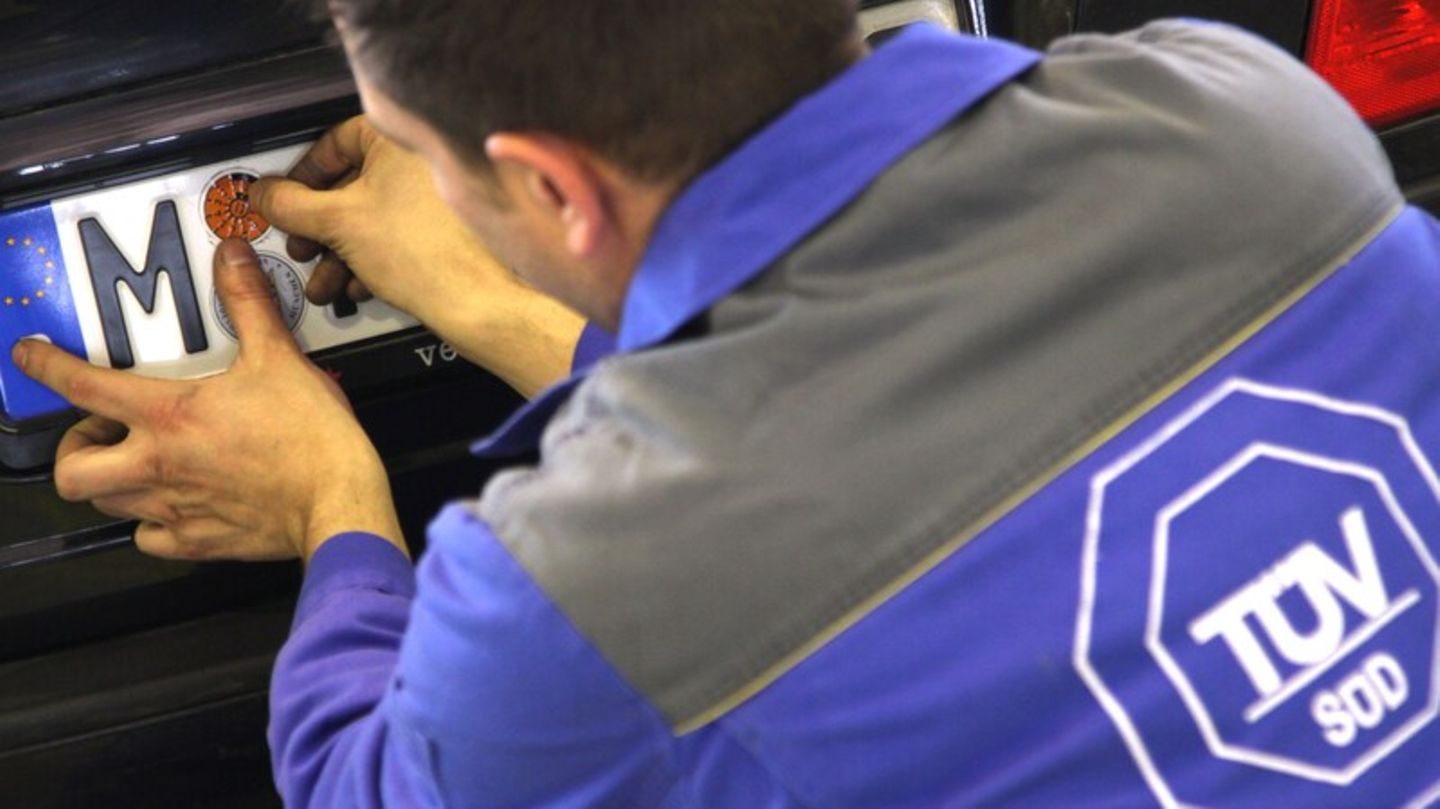General vehicle inspections, often referred to as TÜV inspections, actually follow a simple principle: If a vehicle has a defect, there is no sticker. An exception is the so-called defect loop. It allows minor problems to be resolved without a second appointment. But that is exactly what is at stake.
No matter whether TÜV, Dekra, GTÜ or KÜS – a general vehicle inspection follows fixed rules for all inspectors. Basically, this can be broken down into a simple principle: If a vehicle has one or more defects, there is no sticker.
The defect loop has so far allowed for prompt remediation without re-presentation
But there is an exception: The so-called defect loop allows the coveted inspection sticker to be issued if a defect identified can be remedied as quickly as possible, ideally on site. However, this only applies to minor defects.
A minor defect includes defective lights, damage to mirrors or too little air in the tires. In short: These are “StVZO-relevant defects that are not expected to pose a immediate danger to traffic.” However, you shouldn’t have an infinite number of these construction sites, because overall, depending on the inspector’s discretion, this can be a significant defect.
But issuing a sticker “with a blind eye” could be abolished in the future: As “” reports, the North Rhine-Westphalia Motor Vehicle Trade Association has received a letter outlining the elimination of the defect loop. This proposal, it goes on to say, is currently being examined by the Federal Ministry of Justice (BMJ) to determine its legality.
If it happens that it is no longer possible to rectify a minor defect immediately, this could mean additional costs, especially for drivers of older vehicles, if they drive for inspection without a thorough preliminary check.
Re-inspection even for minor defects
The elimination of the defect loop would mean a so-called re-inspection if the inspector notices something that is no longer viewed as a mere indication, but as a minor defect. This would mean that in addition to the costs for the main and emissions inspection, which together are around 150 euros, another around 30 euros would be added.
Minor defects are anything but rare. Documents from the Federal Motor Transport Authority show that over 2.7 million such deficits were reported in 2022 – the equivalent of more than 12 percent of all inspections. It is not clear from the documents how often the defect loop was used. A request from star at the Federal Office remained without result.
According to TÜV, a follow-up inspection must take place “no later than one month after the failed general inspection.” It goes on to say: “If this deadline is not met, there is a risk of a warning fine according to the catalog of fines (approx. 40 euros). In addition, a new general inspection must be carried out in its entirety.”
Source: Stern
I’m a recent graduate of the University of Missouri with a degree in journalism. I started working as a news reporter for 24 Hours World about two years ago, and I’ve been writing articles ever since. My main focus is automotive news, but I’ve also written about politics, lifestyle, and entertainment.




